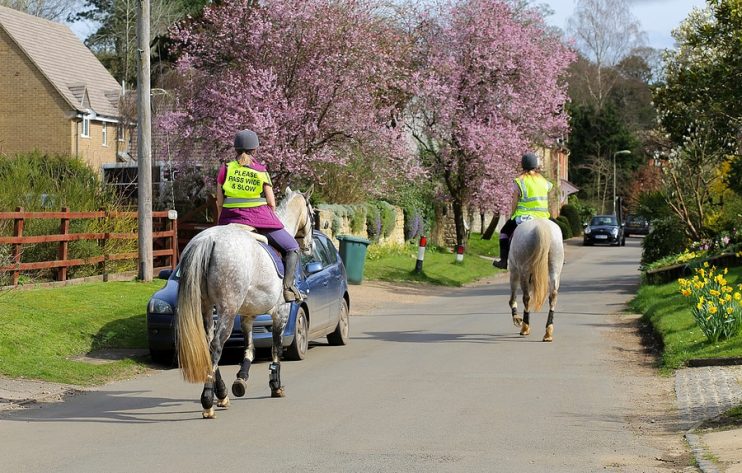
As the evenings get lighter, and we begin to see changes in weather over the spring and summer months, you’ll see more horses out on the country roads. Most horse riders understandably prefer to be out in the fields or the paddock, but may take to the roads out of necessity due to the lack of off-road options.
With a little understanding and consideration, there’s no reason why cars and horses can’t use the road together in harmony. Horse riders have the same rights as any other vehicle users, such as cyclists, motorbike riders and car drivers.
How can you make sure that your driving style and behaviour doesn’t rattle a horse or the rider, when you encounter them riding out on the open road?
Table of contents:
- Why do Horses get Nerves?
- The Basics
- Passing Horses
- Negotiating Riders Positioned Side by Side
- Horse Drawn Vehicles
- And Finally
Why do Horses get Nerves?
Whilst horses have enjoyed millennia of bonding with humans, they still have deeper natural instincts. They are considered prey animals and their response to danger is flight, becoming very nervous and jumpy around anything they perceive as a threat. Horses, not unlike dogs, have an extended range of hearing and will often react badly to unexpected noises like loud car engine sounds, music or horns. No matter how well trained a horse might be, or how experienced a rider is, sudden stimulus can cause a horse to get startled.

The Basics
Whenever you encounter horses whilst driving on the road, following these simple rules will reduce stress for the horse and ensure that the rider can manage the situation:
- Slow down to 15mph maximum – going any faster could potentially startle the horse.
- Avoid sudden, loud noises – don’t rev up the engine or sound the horn, and consider turning down the car stereo.
- Give the horse(s) enough room – when passing by. You want to try to give them at least a car’s width when manoeuvring.
- Drive away – remember that the horse will still be liable to stress if you pull away quickly. Also the rider may be concentrating on managing the horse – so they might not be able to raise a hand in thanks.
Passing Horses:
Our advice for passing horses varies slightly from situation to situation, but the basics will always be the same. Be slow, be careful, avoid noises, and if in doubt, make sure you back off.
Approaching from Behind
Take care when approaching horses from behind on the road. This can be the trickiest of all situations as both you and the rider are using the same space on the road. Follow these instructions to minimise distress and discomfort:
- When you wish to overtake horses on the road, the ideal method is to drive up slowly so that the riders can become aware of your vehicle on the road, whilst maintaining a minimum 3 car lengths from the horses.
- If the horse starts to look scared or behaves erratically then kill the engine completely and bring your car to a halt, until the horse appears to recover its composure.
- In most circumstances the horses will look for a suitable gateway or space by the side of the road to let you pass. Work together with the riders to cause as little disruption as possible.
- Be as patient as you need to be. Hurrying or rushing the situation will probably only cost you more time as the rider calms the horse down.
- Pay attention for any rider or carriage signals indicating that they wish to turn off the road and let you pass. Do not drive up beside the horses or try to match their speed.
- Finally, once the horse has pulled up to a grass verge or made as much space as possible by the side of the road, gently accelerate past the horse.
Approaching from the Front
When you see the horse, which should be visible from some distance (most riders will wear high visibility jackets when out on the road), then slow down. As the horse pulls up then slow down completely to a max of 15mph. If the horse looks nervous, or you simply wish to take extra care (why not be courteous?) slow down to a crawl and turn on your hazard lights to notify drivers behind you.
Avoid loud noises or sudden movements. You may even need to stop the car completely if the horses do not seem comfortable. Remember even when the horses have passed, you are now behind them, so pull away slowly with no loud noises or sudden movements.
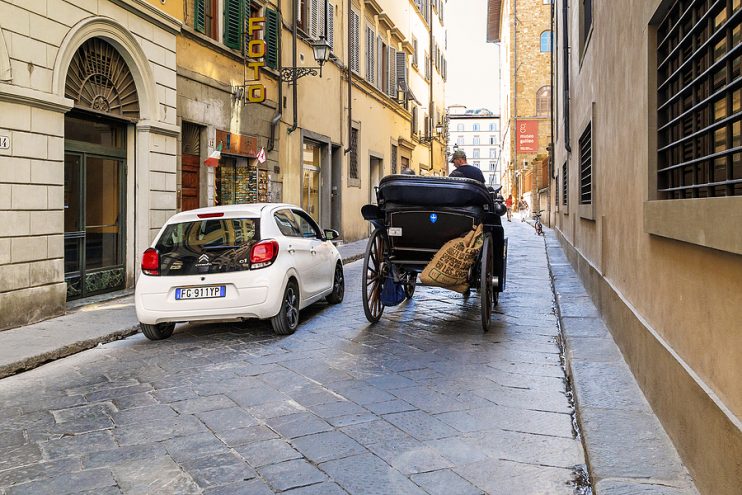
Negotiating Riders Positioned Side by Side
As we previously mentioned, riders will usually be set side by side for a reason. This is mainly to ensure that drivers don’t try to force their way past when there’s not enough room on the road, but could be due to young or inexperienced riders.
Give them the extra space they need, especially when overtaking. Or if you are on the other side of the road and you have room, pull over onto the verge to give them a little more room.
Horse Drawn Vehicles
Carriage drivers are most definitely aware of cars on the road, and will use hand signals to let you know when it is safe to pass. Be aware that most horse drawn vehicles are much longer than cars, and require you to drive on further than a normal vehicle – so watch the rear mirror closely, before cutting back as you could startle a horse.
And Finally
Think about staying calm behind the wheel at all times, not just when horses are out on the road. But do remember that horses and riders work together, and whilst the rider is in charge, a horse has a mind of its own. It’s not quite the same as someone driving a car. Give the rider a break, and try to understand they are dealing with a large, unpredictable animal, whilst the car is completely under your control.







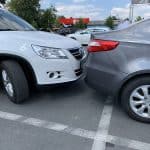
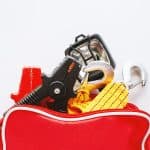
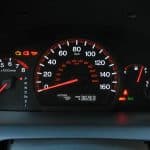

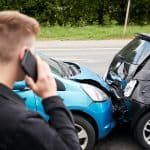
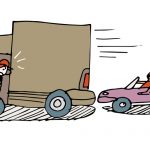
.png)